based on E.H. Nickel & M.C. Nichols (2009), H. Strunz & E.H. Nickel (2001),
revised by Thomas Witzke (2022)
2. SULFIDES and SULFOSALTS
(Sulfides, Selenides, Tellurides, Arsenides, Antimonides, Bismuthides, Sulfarsenites, Sulfantimonites, Sulfbismuthites, etc.)
2.A: Metal / Metalloid alloys
From a chemical point, dienerite belongs to the subdivision "2.AB. Ni-Metalloid alloys", but is placed here because the mineral is isotypic with domeykite.
Trigodomeykite, originally described as Domeykite-β, renamed.
Kutinaite: originally reported as cubic, Cu14Ag6As7. Structure determination of a natural crystal showed tetragonal, pseudo-cubic, P4/mmm symmetry and the composition (K,Tl)0.25Cu14Ag6As6.75 for Z = 4. (K,Tl) are situated on a special position, but it is not known, if these elements are essential (Bindi & Makovicky, 2015, Min. Mag. 79, 1099-1109).
Stistaite shows a rhombohedrally distorted NaCl structure type. Investigation of synthetic material showed an incommensurate ordering in the arrangement of Sb and Sn atoms (Lidin et al., 2009, Inorg. Chemistry 48, 5497-5503).
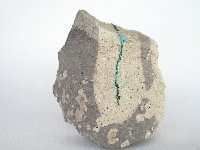 | 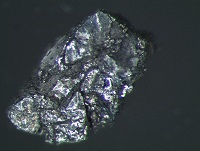 | 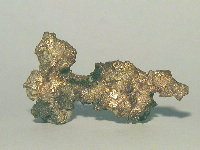 | 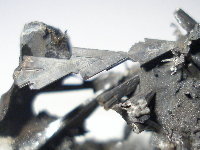 |
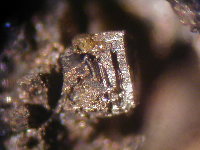 | 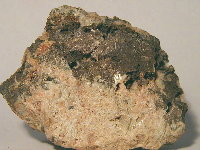 | 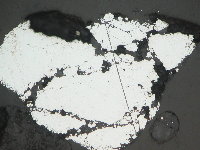 |
Mertieite, originally described as Mertieite-II, renamed.
Arsenopalladinite and Mertieite are not isostructural, but the structures are closely related. Both minerals contain layers of nets of Pd atoms and layers of As and Sb with triangular topology. The layers are stacked along c. The layers have the same topology in Arsenopalladinite and Mertieite, but the stacking sequence is different. Structure determination showed an ordered distribution of Sb and As (Karimova et al., 2020, 746-752).
Vadlazarenkovite is isostructural with Mertieite.
Pseudomertieite, originally described as Mertieite-I, renamed.
Majakite belongs to the Fe2P (Barringerite) structure type (Evstigneeva et al., 2000, Materials Science Forum, 321-324). Due to ordering of Pd and Ni in the structure the c parameter is doubled compared to Barringerite group minerals (see in 1.BF.), Palladosilicide, Pd2Si (see in 1.BD.) and Palladogermanide.
Borishanskiite, assumed Pd(As,Pb)2, IMA 1974-010, was found to be identical to polarite and was discredited (2022).
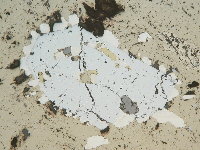 | 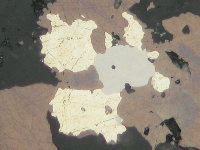 | 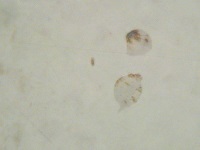 | 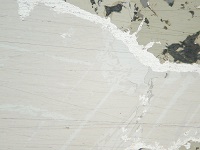 |
G = Grandfathered minerals: original description preceded the establishment of the CNMNC in 1959, and generally regarded as a valid species
A or IMA No. = Minerals approved by the CNMNC
Rd = Redefinition of the mineral approved by the CNMNC
Rn = Renamed with approval by the CNMNC
Q = Questionable mineral
Classification principles:
Subdivision of the Sulfide etc. subclass "2.A: Metal-Metalloid alloys" is based first mainly on chemical principles. Chemical subdivision into 2.AA. Metalloid alloys with Cu, Ag, Au, Sn; 2.AB. Ni-Metalloid alloys; 2.AC. PGE-Metalloid alloys.
Further classification:
|
2.AA. Metalloid alloys with Cu, Ag, Au, Sn: Groups/single minerals arranged from higher to lower Metal:Metalloid ratio. The Ni-Metalloid
alloy dienerite placed here as an exception, because it is isostructural with domeykite. 2.AB. Ni-Metalloid alloys: From higher to lower Ni:Metalloid ratio. 2.AC. PGE-Metalloid alloys: From higher to lower PGE:Metalloid ratio. |
To distinguish from classical Strunz numbering, on hierarchical "group" level, a numbering with 3 digits is used, like "2.AA.005. Algodonite group", instead of 2 digits (like "2.AA.05.") in the Strunz system.
© Thomas Witzke (2023)
